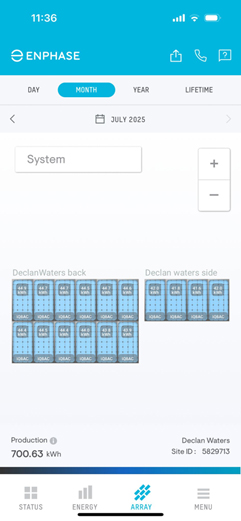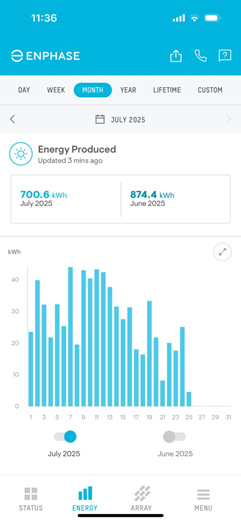Micro Inverters
Vs
Optimisers Comparison
Solar Optimisers vs Micro-Inverters: What’s the Difference?
If you’ve been looking into solar, you might have heard about Optimisers and micro-inverters. They’re small devices that help your solar panels work better, especially if your roof gets some shade or your panels face different directions.
Think of them like “personal trainers” for your panels — making sure each one does its best.
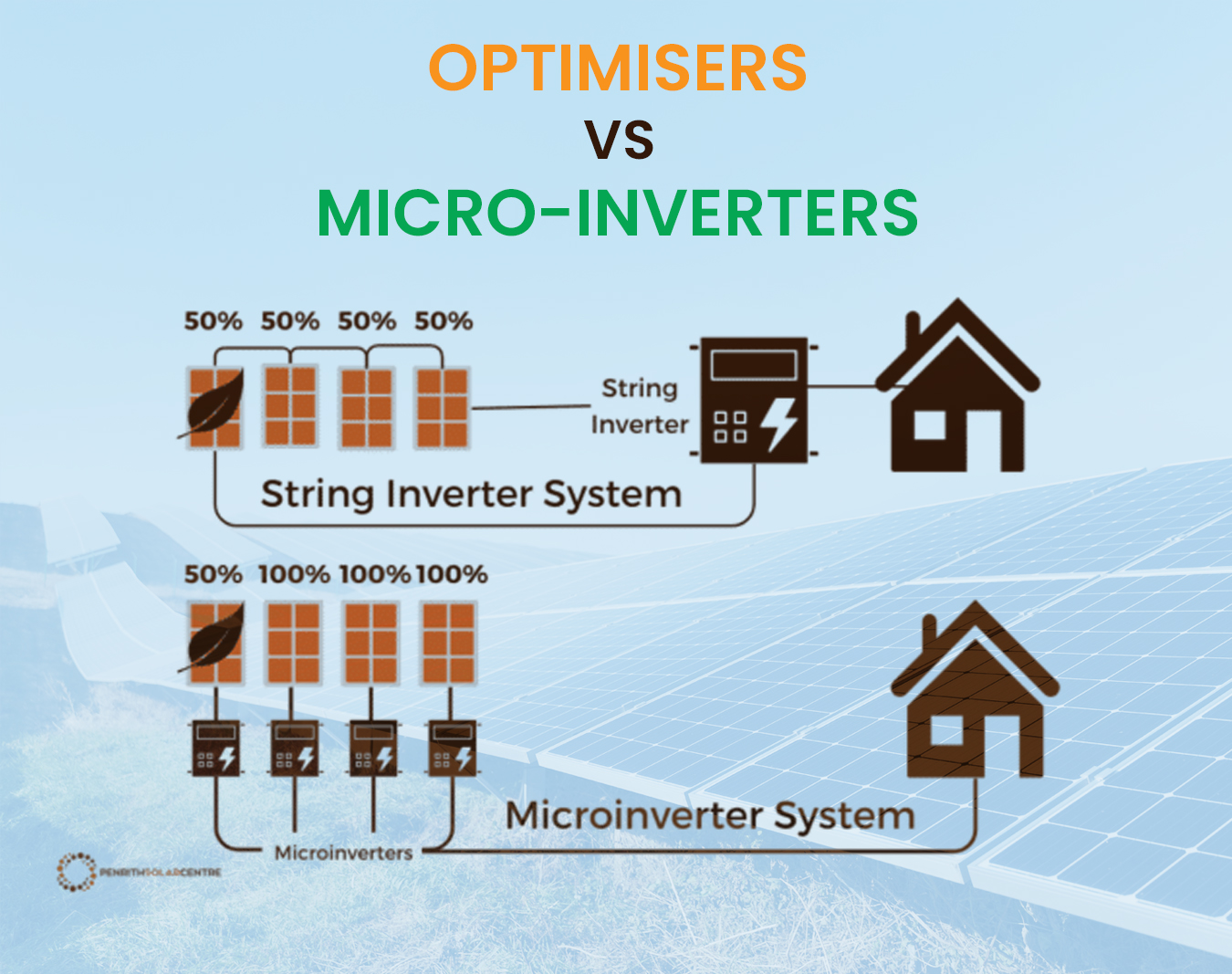
What They Are (in plain English)
Optimisers
- Attach to each solar panel.
- Help each panel work at its best, even if one is shaded or dirty.
- Power still flows to a main box (called an inverter) that changes it into usable electricity.
Micro-Inverters
- Each panel has its own built-in inverter right on the roof.
- Every panel works completely independently.
- If one panel is shaded, the others keep performing at full strength.
Both options give you detailed performance info so you can see exactly how your panels are doing.
Benefits & Downsides
| Feature | Optimisers | Micro-Inverters |
|---|---|---|
| Shade performance | Great improvement | Best improvement |
| If one panel has a problem | Rest keep working | Rest keep working |
| Cost | Mid-range | Highest cost |
| Monitoring | See each panel’s output | See each panel’s output |
| Best for | Some shading or panels facing different ways | Lots of shading or complex roof shapes |
Why They Might Be Worth It
Without Optimisers or micro-inverters, your panels are linked together like a chain. If one panel underperforms, it can slow down the others.
With them, each panel is on its own circuit. That means:
- Shade on one panel won’t drag down the rest.
- You’ll likely make more electricity over the year.
- You can spot problems early with panel-by-panel monitoring.
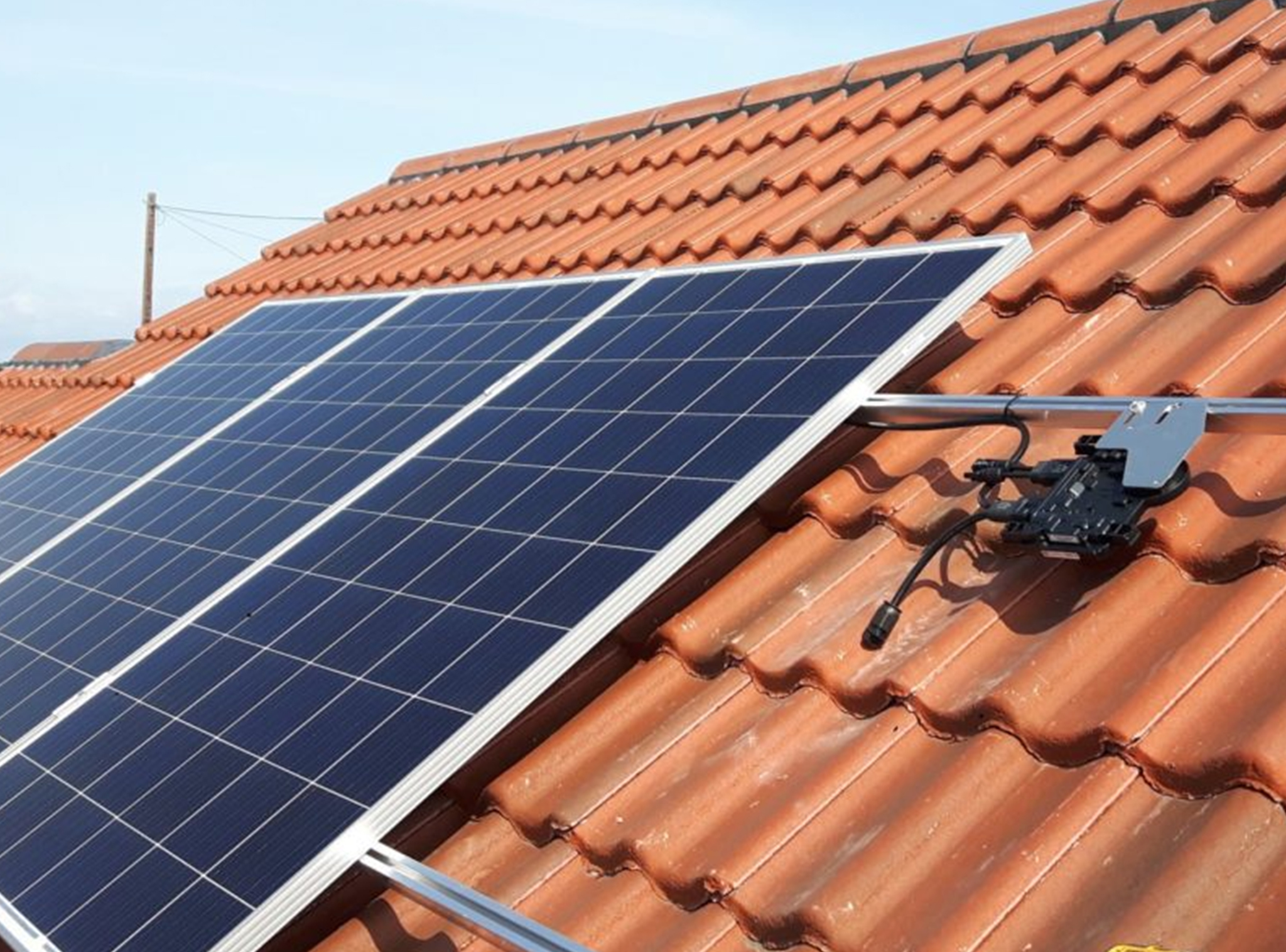
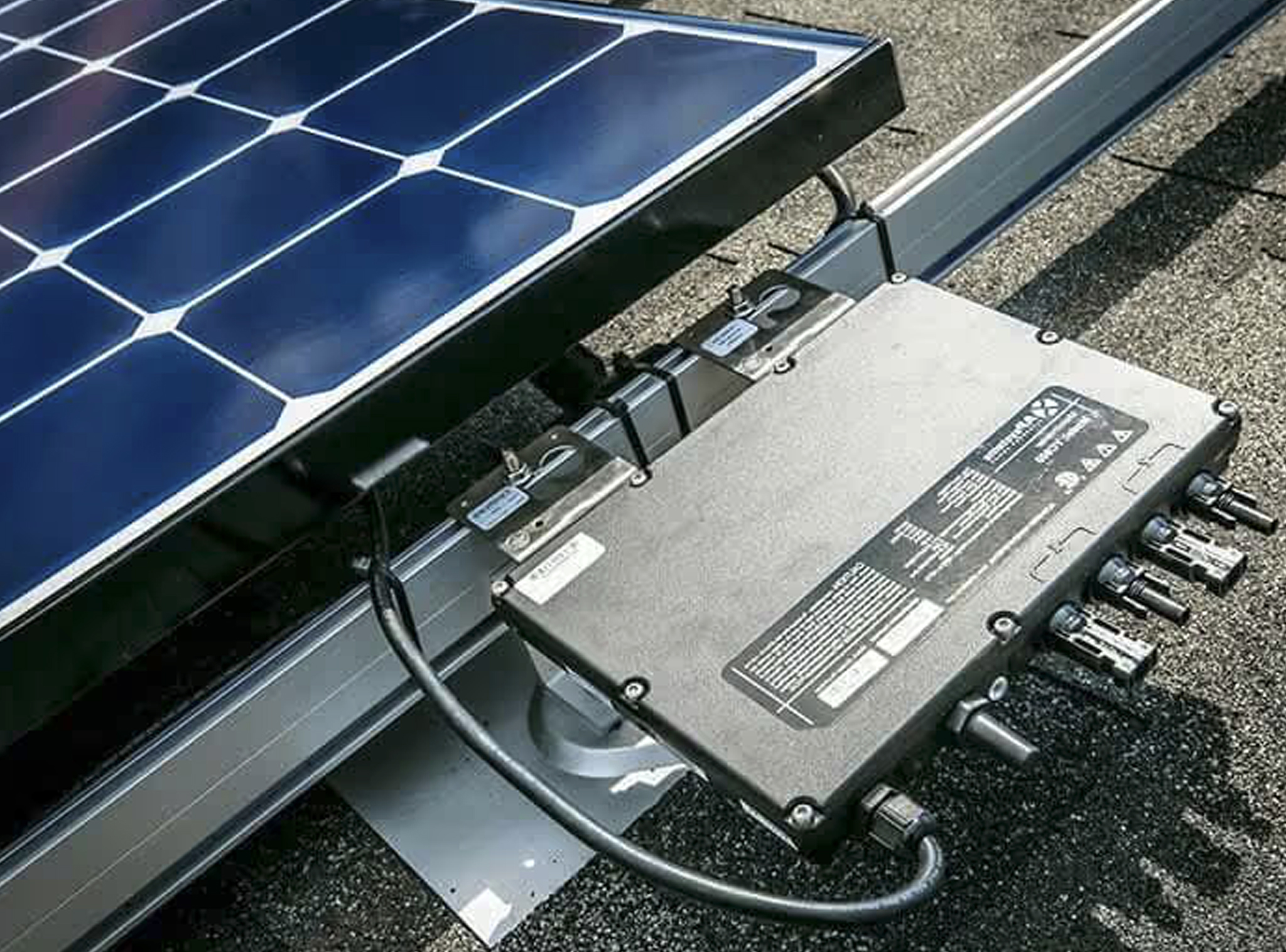
Extra Advantage of Micro-Inverters
A traditional string inverter has a lifespan of around 12–14 years, meaning there’s a good chance you’ll need to replace it once during your system’s 25+ year life.
Factoring in the cost of a replacement inverter and the labour to fit it (possibly €1,200–€2,000 in future money), that’s a significant expense.
Micro-inverters remove that risk — they come with a 25-year warranty and are designed to last as long as your panels. Over the life of your system, that can mean substantial savings and one less major job to worry about.
Cost vs Benefit (Example)
Let’s say your solar system makes €800 worth of electricity per year.
- With Optimisers, you might make an extra €80–€160 a year.
- With micro-inverters, you might make an extra €100–€200 a year.
- With micro-inverters, you also avoid the likely cost of replacing a string inverter halfway through your system’s life. €1500/€2000 One off cost
Costs
- Optimisers: about €800–€1,200 extra upfront.
- Micro-inverters: about €1,600–€2,400 extra upfront.
Payback
- Optimisers: often 7–12 years.
- Micro-inverters: often 12–20 years (but remember the long-term saving from avoiding inverter replacement).
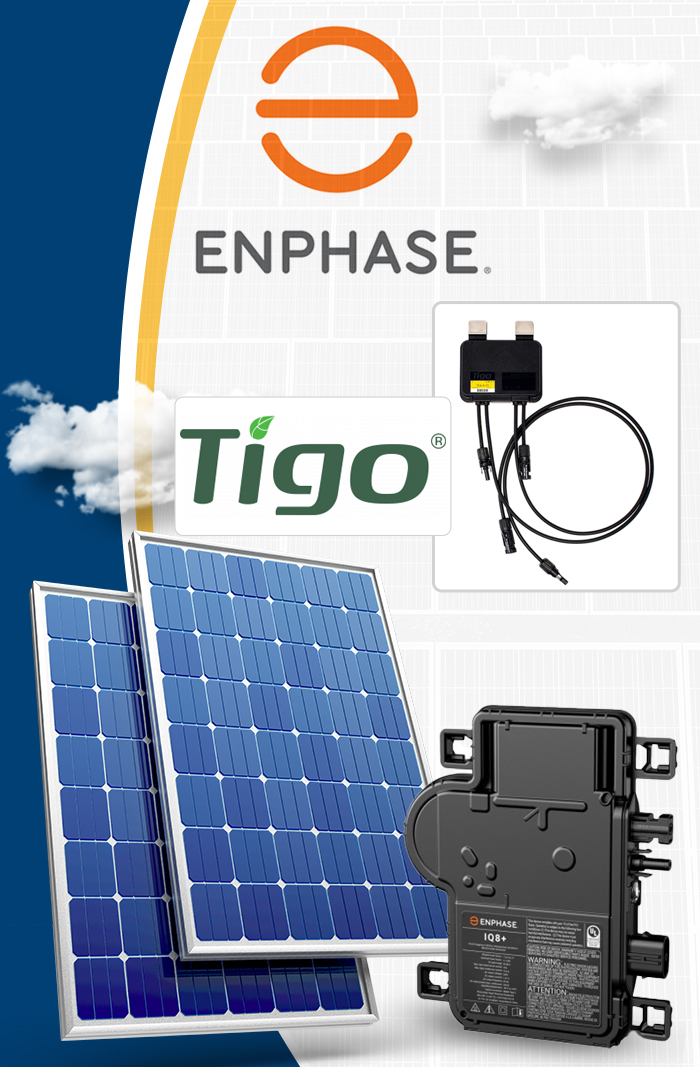
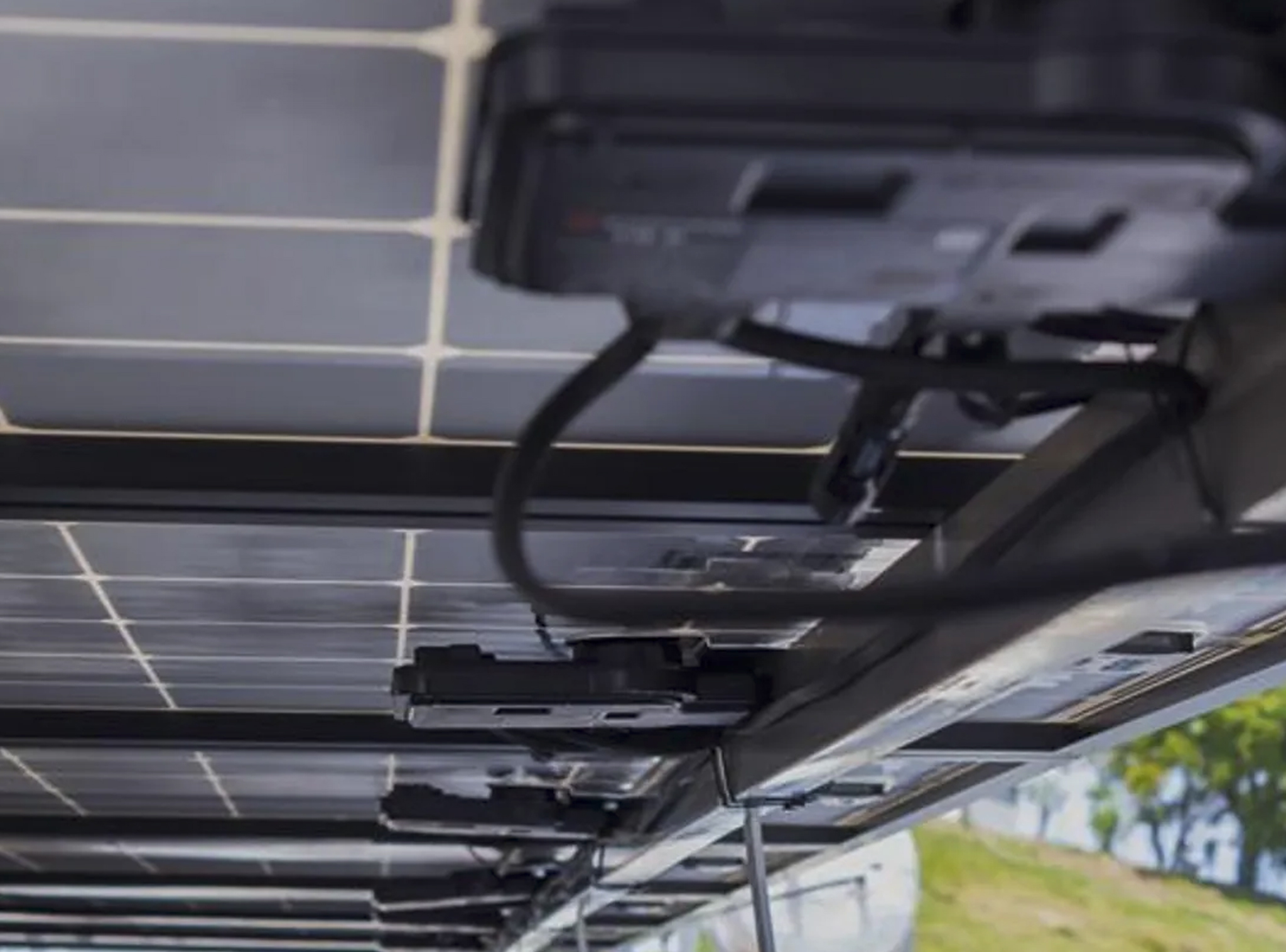
Which Should You Choose?
- Simple, sunny roof? Standard system, no extras.
- Some shading or mixed roof directions? Go for Optimisers.
- Lots of shading, complex roof, or want long-term peace of mind? Go for micro-inverters.
Bottom line
Optimisers and micro-inverters are like “performance boosters” for your solar panels. They can help you get the most out of your system, especially if conditions aren’t perfect — and in the case of micro-inverters, you also get a 25-year warranty and the comfort of knowing you won’t be paying for a major inverter replacement down the line.
Functions Comparison Summary Table
| Function / Feature | Enphase Microinverter | Tigo Optimiser |
|---|---|---|
| Panel-level MPPT (each module optimised) | ||
| Works without central/string inverter | ||
| Module-level monitoring | ||
| Rapid shutdown / safety compliance | ||
| Impact of shading isolated per panel | ||
| Handles multiple roof orientations easily | ||
| Scalability (easy to add panels) | ||
| Single point of failure risk | ||
| Upfront hardware cost | ||
| Best suited for | Complex roofs, shading, high resilience, monitoring-focused | Simple roofs, mild shading, cost-sensitive |
Enphase App
